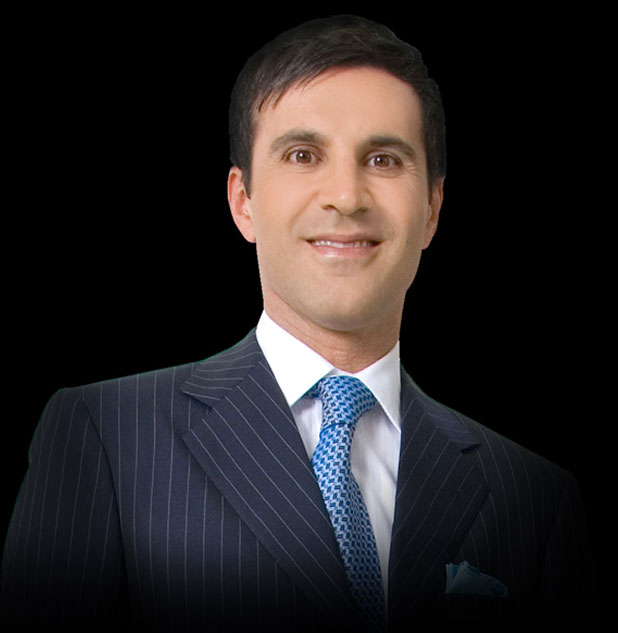
Calf / Pectoral Augmentation
When exercise cannot improve the size or shape of your calf or pectoral muscle, implants can be used to create a balance between these muscles and the rest of your body to give you a more powerful, athletic appearance. These implants can also be used to correct deformities caused by injury or disease. Anyone in good shape and health can receive one of these augmentations.
Your surgeon will customize the implant for you, creating the right shape and size so it will be proportionate after surgery. In a calf augmentation, one or two implants can be used per leg, depending on the results you desire. The incisions will be made in the creases on the back of the knee where they are more easily hidden. Walking is possible soon after surgery, but the legs must remain elevated when in a reclining position in order to reduce swelling and discomfort.
Once the dressings are removed, more walking is encouraged to help your legs adjust to the implants. Normal walking routines may return after a few weeks, and vigorous exercise can be done after one or two months.
In a pectoral augmentation, implants will be placed under layers of muscle to create a natural feel and appearance. While many surgeons use open incisions, an endoscope is often used instead to minimize the extent of required incisions. Liposuction can also be used if the chest holds too much tissue. In some cases, incision dressings are not required.
Any bandages will reduce swelling and keep the implant in the correct position. The upper chest should remain elevated during sleep and it is recommended that you move your arm gently after surgery to help circulate blood to the area. After two weeks, patients usually return to their daily routines, and a full recovery is possible after a mere six weeks. Strenuous activity should be held off until the eighth week after surgery and extra care should be taken when lifting weights.
